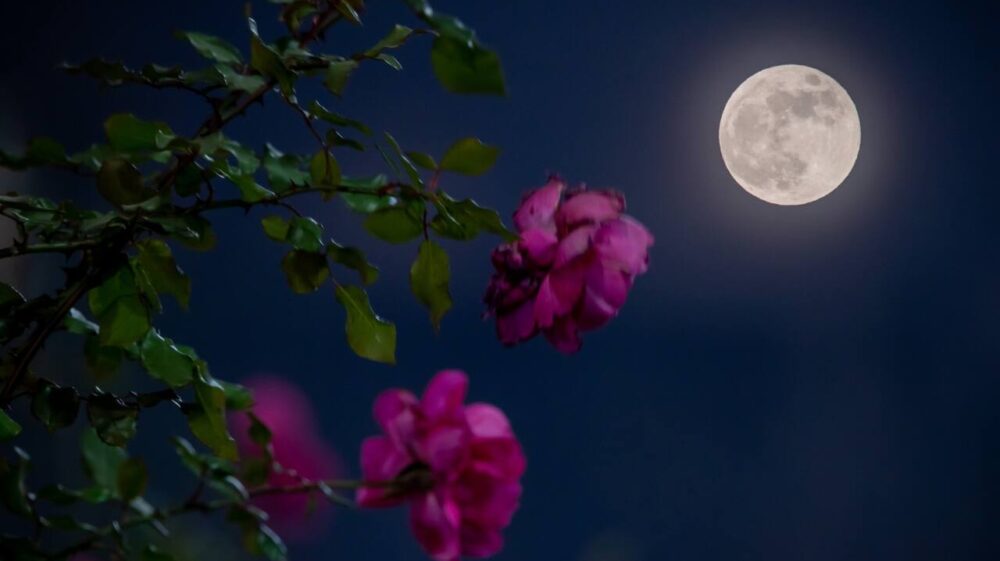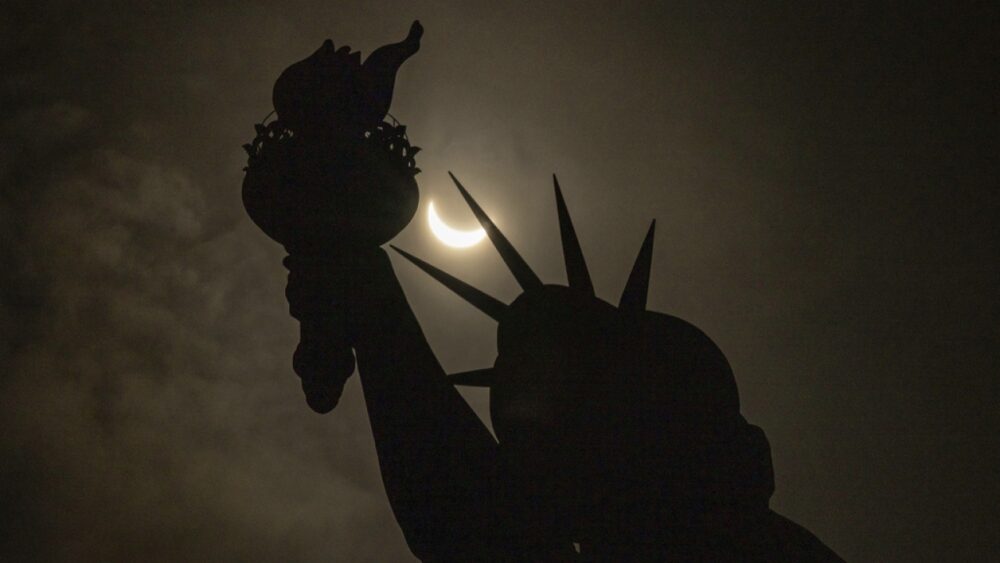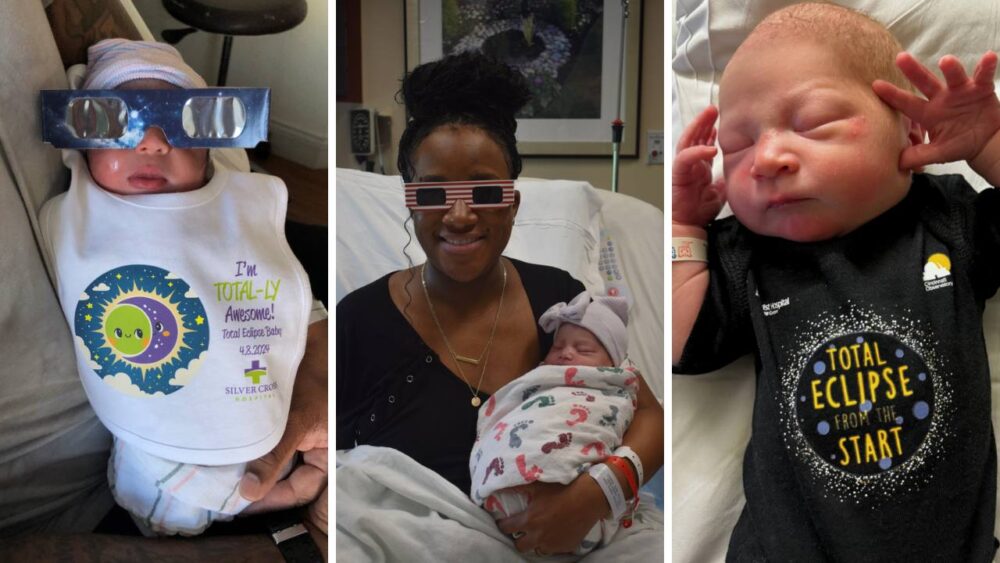May 2021 lunar eclipse: How and when to see it
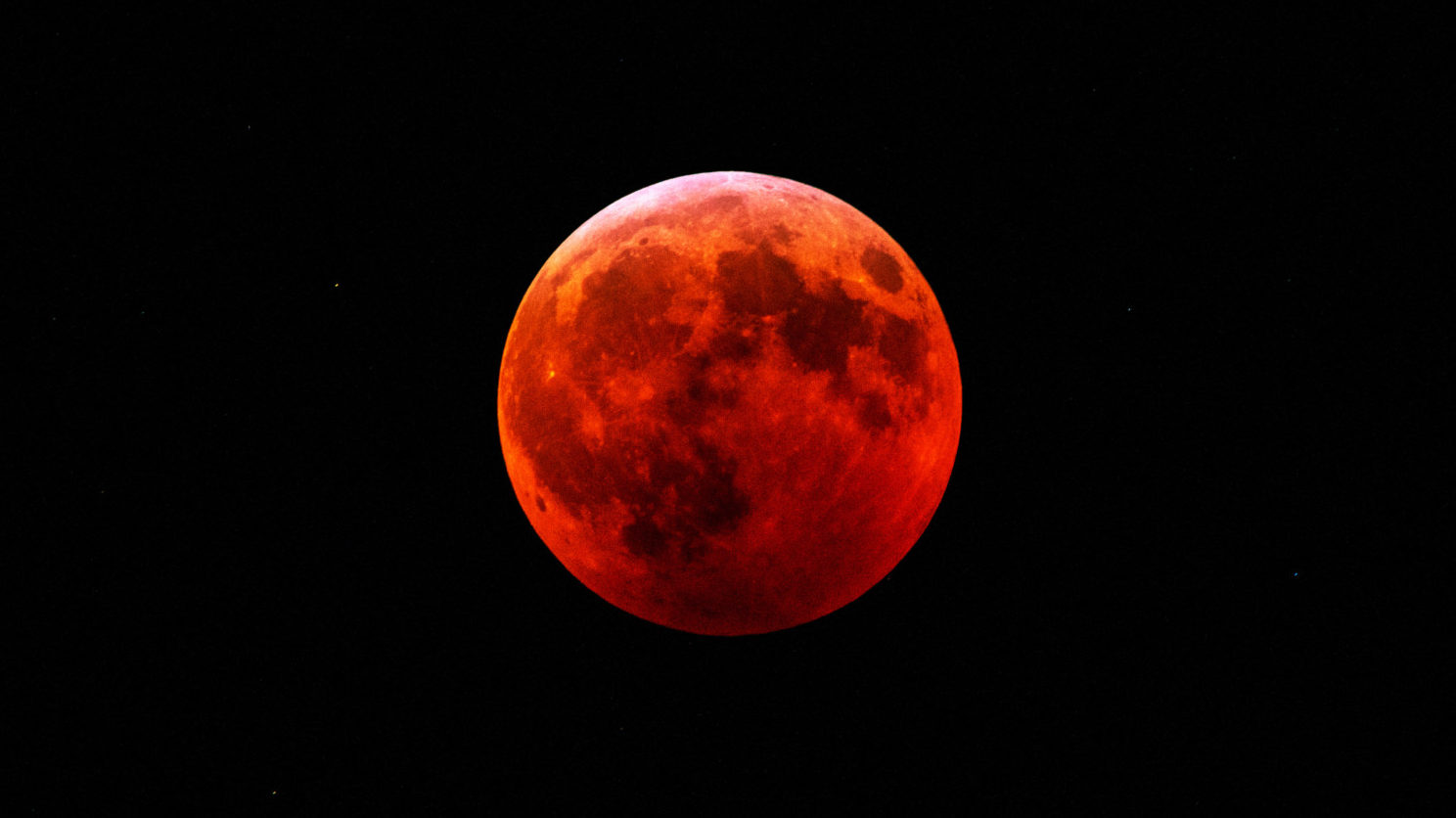
The May 2021 lunar eclipse is set to occur in the final week of the month, and most of the U.S. will be able to witness some or all of it.
On May 26, 2021, the Earth will line up perfectly between the moon and the sun, which will cast a shadow across the moon and make it appear darker.
This darker hue can sometimes take on a reddish-orange color, and that’s why some people refer to total lunar eclipses as Blood Moons.
This eclipse has the added bonus of being a supermoon since the full moon will be closest to the Earth, and it may look slightly larger in the sky.
Some are even going as far as calling this a “Super Full Blood Moon Eclipse.”
How To Watch The May 2021 Lunar Eclipse
Regardless of what anyone’s calling it, the May 2021 lunar eclipse will be visible from North and South America, Australia and parts of southern and eastern Asia.
The best views in the United States are in the western half of the country — think west of the Rocky Mountains.
Beginning in the early morning hours on May 26 at 1:47 a.m. PDT, the Earth’s shadow will begin to creep across the moon. At 2:44 a.m. PDT, the partial eclipse begins, and about an hour and a half later at 4:11 a.m. PDT, the full eclipse starts.
The eclipse peaks at 4:18 a.m. PDT, and only 14 minutes after it began, the full eclipse will end at 4:25 a.m. PDT.
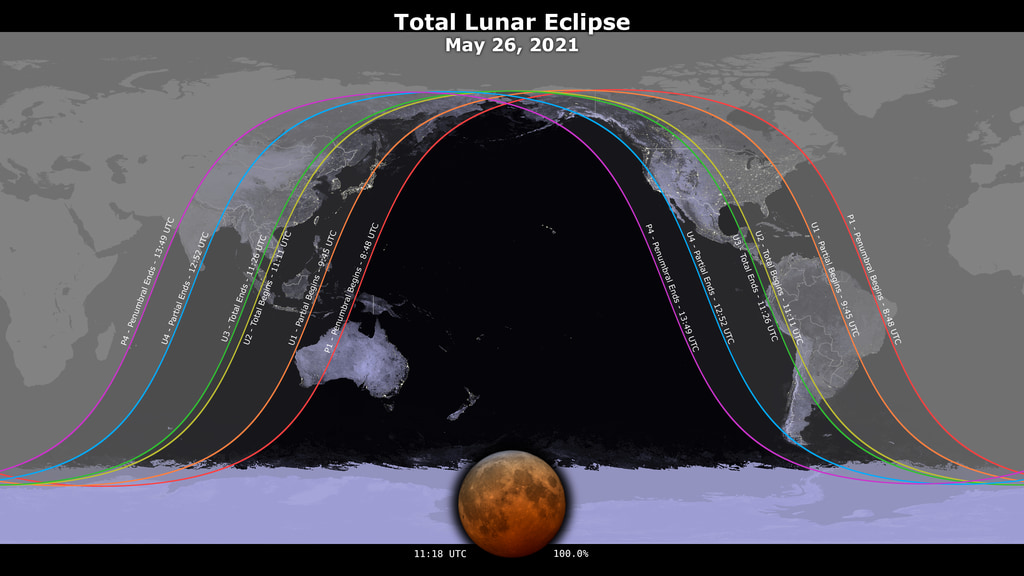
After that, the Earth’s shadow slowly moves away from the moon, and by 6:49 a.m. PDT, the May 2021 lunar eclipse will be behind us.
The eastern United States will only be able to watch the beginnings of the lunar eclipse, and that’s because the moon will drop below the horizon and the sun will rise before the total eclipse starts.
If you live along the East Coast, and you want to reserve a better spot to watch the eclipse, you can always book a quick vacation to the West Coast, Hawaii, Mexico or somewhere in Eastern Australia for a more impressive view.
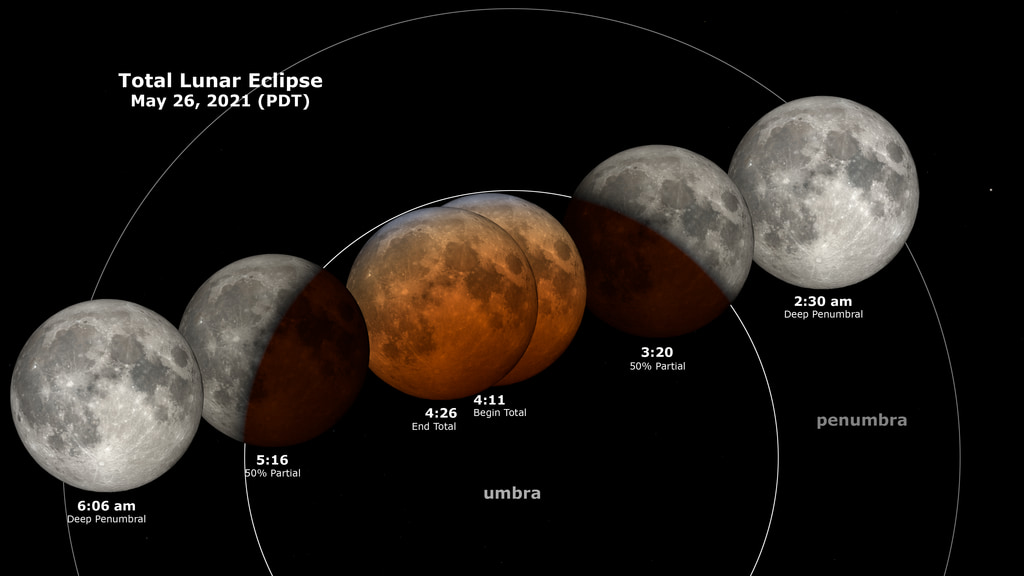
The Next Lunar Eclipse
If you miss the May 2021 lunar eclipse, you’ll have to wait almost an entire year before your next chance to see one.
The next total lunar eclipse will take place on May 15-16, 2022.
That entire eclipse will be visible to the eastern two-thirds of the United States, Central and South America, and parts of Europe and Africa.
And 2022 will be extra special because later in the year on Nov. 8, careful skywatchers will witness a second total lunar eclipse in a single calendar year.
Types Of Eclipses
There are two types of total eclipses: lunar and solar.
A lunar eclipse, as mentioned, occurs when a full moon enters the Earth’s shadow. Lunar eclipses can be viewed without any special equipment and can be viewed from large regions around the world.
Conversely, solar eclipses occur when the moon passes directly in front of the sun, entirely blocking out the light. Solar eclipses can only be seen across small areas when they happen, and special equipment is needed to view them.
The most recent total solar eclipse visible in the United States occurred in 2017, and the next one won’t happen until April 8, 2024.
In the meantime, enjoy the May 2021 lunar eclipse when it happens in the early morning hours on May 26!
Follow Meteorologist Jason Meyers on Twitter or watch one of his entertaining and educational YouTube videos.


